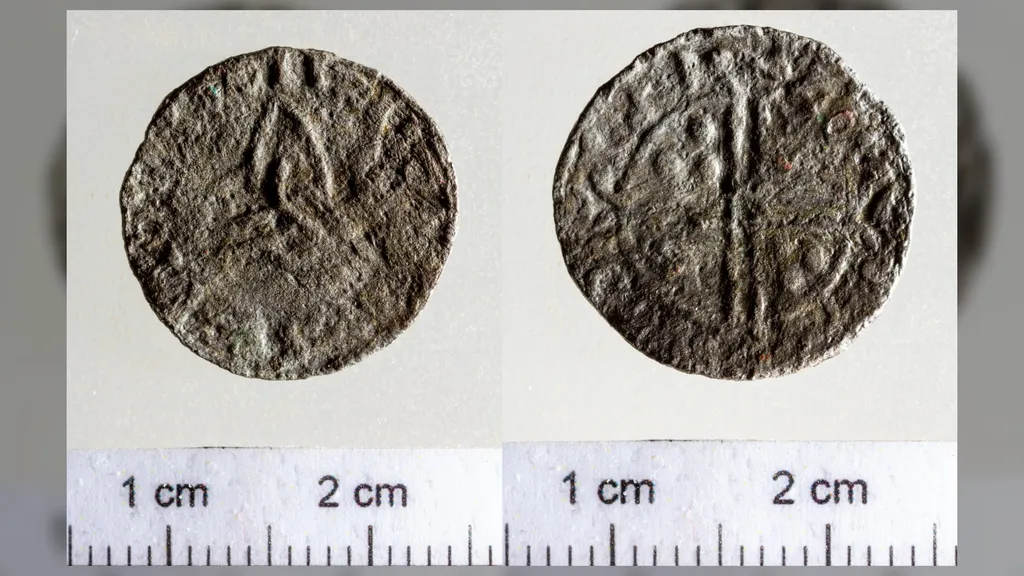
TRONDHEIM, NORWAY—According to a statement released by the Norwegian University of Science and Technology (NTNU), researchers led by James Barrett of the NTNU University Museum analyzed nine walrus snout bone fragments unearthed in 2007 during a construction project in Kyiv, an important trading city in the medieval period. In 2019, Barrett and his colleagues determined that Western Europe obtained most of its walrus products from Norse settlers in Greenland, although it was still thought that the ivory used in Eastern Europe came from the Barents Sea, which is located off the northern coasts of Norway and Russia. The researchers determined that five of the nine bone fragments had a genetic signature indicating they came from a genetic group of walruses only found in Greenland, while the chemical analysis of isotopes from the bones suggests that seven of the nine animals could have come from the region of Greenland.
Read the rest of this article...



